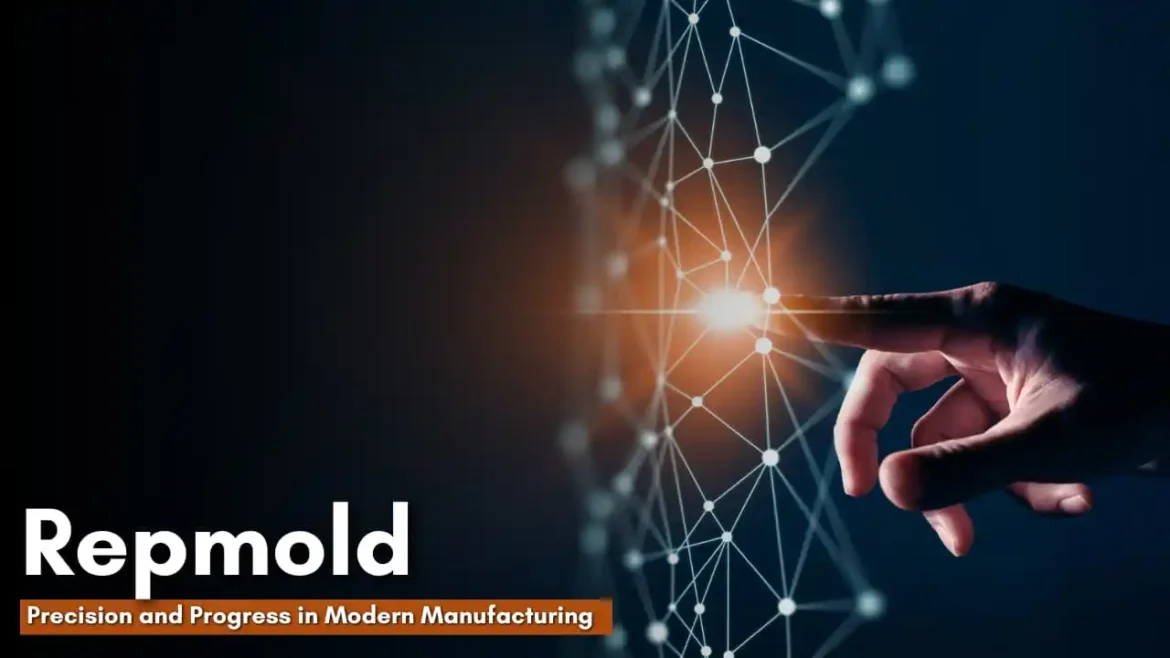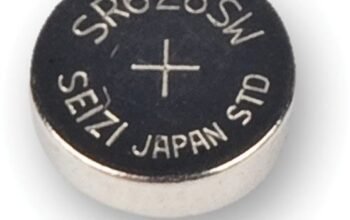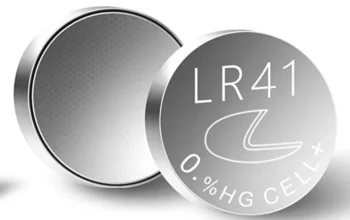Mold manufacturing has always been the backbone of product development, from car parts to medical devices. However, long lead times and high costs often slowed progress.
Introducing Repmold, a contemporary answer that merges quickness, precision, and affordability.. In this guide, you’ll discover everything about repmold, how it works, its benefits, and why it’s shaping the future of manufacturing.
What is Repmold? A Complete Guide to Rapid Mold Manufacturing
Repmold, short for rapid mold manufacturing, is an advanced process that accelerates mold creation using modern tools like CNC machining, additive manufacturing, and automated design. Unlike traditional mold-making, which could take months and cost a fortune, repmold allows industries to produce molds in days or weeks.
Companies across automotive, aerospace, medical, and consumer goods now rely on repmold to test prototypes, run short productions, and adapt designs quickly without draining resources.
The Evolution of Mold Manufacturing
Mold-making wasn’t always this fast. Let’s look at how things changed:
- Traditional mold making: Relied heavily on manual machining, long approval cycles, and expensive steel tooling. Lead times could stretch 12-20 weeks.
- Introduction of repmold: Automation, digital modeling, and lighter materials reduced production time by up to 70%.
- The latest trend in manufacturing :combines CNC machining and 3D printing, offering both precision and adaptability.
| Aspect | Traditional Mold | Repmold (Rapid Mold) |
| Lead Time | 12–20 weeks | 2–6 weeks |
| Cost | High (suitable for mass production) | Lower (ideal for prototypes & short runs) |
| Flexibility | Difficult to modify | Easy to adapt |
| Materials | Mostly hardened steel | Aluminum, steel, polymers |
How Repmold Works:The Step by Step Process
The repmold process is a blend of digital precision and rapid execution.
Design and Prototyping Phase
Engineers start by using CAD software to design precise 3D models.These digital twins allow quick changes and simulations before any material is cut.
Tooling and Material Selection
Repmold often uses aluminum or hybrid materials because they are lighter, cheaper, and faster to machine than hardened steel. Advanced polymers are also gaining traction.
Precision Machining and Testing
CNC machines carve molds with micrometer accuracy. In some cases, 3D printing is producing
geometries. Once molds are finished, they go through surface treatments, polishing, and durability tests to ensure they meet industry standards.
Benefits of Repmold Over Conventional Methods
Why do companies switch to repmold? The advantages are clear:
- Speed: Cut lead times from months to weeks.
- Cost-efficiency: Ideal for low and mid volume production.
- Flexibility: Easy to adjust designs without major delays.
- Scalability: Start with prototypes, then scale to production-ready molds.
- Risk reduction: Test parts early and refine before mass production.
Quote from industry experts:
“Repmold connects quick prototyping with large-scale production, leading to faster and more affordable innovation.”
Applications of Repmold in Different Industries
Automotive
Carmakers use repmold for prototype parts, interior trims, and small-batch production, slashing development time for new models.
Aerospace
Aircraft manufacturers test lightweight materials and aerodynamic parts using repmold. Quick adjustments make it easier to meet strict safety standards.
Medical Devices
Repmold supports fast prototyping of surgical instruments, implants, and diagnostic devices ensuring compliance with FDA standards while reducing time-to-market.
Consumer Electronics
Due to the frequent changes in product designs, businesses rely on repmold to swiftly produce casings, connectors, and parts.
Key Challenges and Limitations of Repmold
While powerful, repmold isn’t perfect:
- Material restrictions: Hardened steel molds last longer, but repmold often uses softer materials.
- High volume costs: For millions of parts, traditional molds may still be cheaper.
- Durability: Some repmold solutions wear out faster in heavy-duty production.
Future Trends in Repmold Technology
continues to evolve with exciting advancements:
- AI and automation: Design tools driven by AI enhance mold shapes and minimize mistakes made by people.
- Hybrid manufacturing: Merging additive and subtractive methods to create intricate components.
- Sustainability: Using recyclable polymers and eco-friendly metals in repmold manufacturing.
Real World Success Stories
Automotive Startup
A small car manufacturer reduced tooling lead time by 50%, enabling them to launch their prototype in record time.
Medical Device Firm
A U.S.-based company used repmold to scale surgical tool prototypes, achieving FDA approval six months earlier than expected.
Electronics Brand
A consumer electronics giant lowered production costs by 30% while speeding up product launches using repmold processes.
Choosing the Right Partner
Not all repmold providers are the same. Here’s what to consider:
- Experience: Look for proven expertise in your industry.
- Technology: Ensure they use modern CNC and additive methods.
- Turnaround time: Ask for realistic timelines.
- Support: Evaluate design assistance and after-sales service.
| Criteria | In-House Repmold | Outsourced Repmold |
| Cost | High setup cost | Pay per project |
| Expertise | Limited to team skill | Wide range of expertise |
| Scalability | Slower expansion | Fast scale-up possible |
Conclusion
It’s the natural evolution of mold manufacturing faster, cheaper, and more flexible. From automotive to medical devices, industries rely on repmold to shorten timelines, reduce costs, and innovate faster than ever before.



